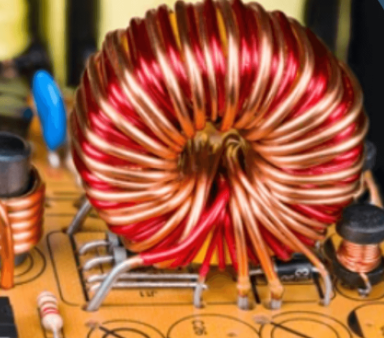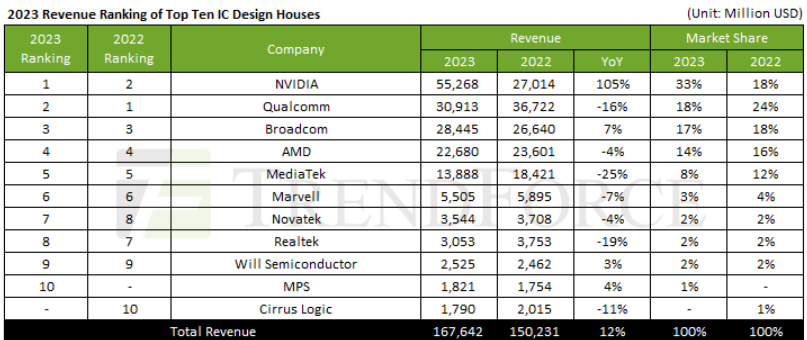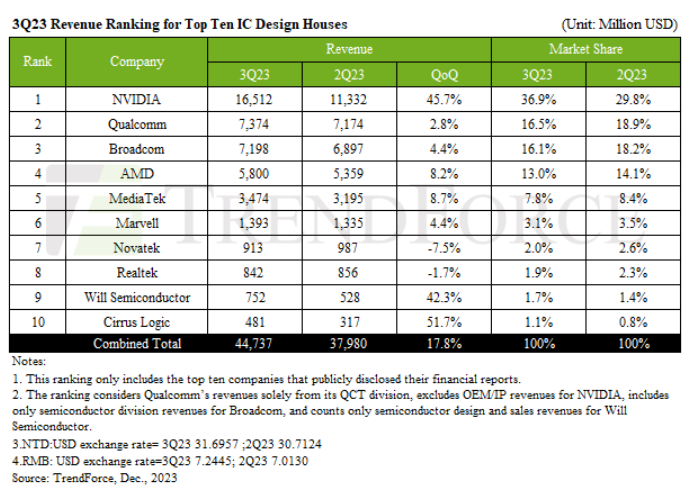Global IC Market to Closely Track the Performance of Worldwide GDP Growth
IC Insights expects annual global IC market growth rates to closely track the performance of worldwide GDP growth. In the recently released The McClean Report 2016, IC Insights forecasts 2.7% global GDP growth for 2016, only marginally ahead of what is considered to be the recession threshold of 2.5% growth.
In many areas of the world, local economies have slowed. For example, economic growth in China slipped below 7% in 2015. China, which is the leading market for personal computers, digital TVs, smartphones, new commercial aircraft, and automobiles, is forecast to lose more economic momentum in 2016. Its GDP is forecast to increase 6.3% in 2016, which continues a slide in that country’s annual GDP growth rate that started in 2010.
While the U.S. economy is far from perfect, it is currently one of the most significant positive driving forces in the worldwide economy. The U.S. accounted for 22% of worldwide GDP in 2015. U.S. GDP is forecast to grow 2.5% in 2016. Given its size and strength, the U.S. economy greatly influences overall global GDP growth. An improving employment picture and the low price of oil are factors that should positively impact the U.S. economy in 2016.
In addition, IC Insights nothed that a stable IC pricing environment is expected through 2020 due in part to fewer suppliers in various IC markets (i.e., DRAM, MPU, etc.), lower capital spending as a percent of sales, and no significant new IC manufacturers entering the market in the future (the surge of Chinese IC companies that entered the market in the early 2000’s is assumed to be the last large group of newcomers.
Regarding semiconductor industry capital spending, IC Insights forecasts semiconductor capital spending will decrease 1% in 2016. Spending on flash memory and within the foundry segment is forecast to increase in 2016 but spending for all other market segments, including DRAM, is expected to decline.
Semiconductor capital spending as a percent of sales is forecast to remain in the mid- to high-teens range through 2020. IC Insights believes spending at this level will not lead to an industry-wide overcapacity during the forecast period.
Semiconductor R&D spending increased 1% in 2015 to new record high of $56.4 billion. Intel dedicated $12.1 billion to R&D in 2015 (24.0% of sales) to remain the largest semiconductor R&D spender in 2015. R&D spending at TSMC, the industry’s biggest pure-play foundry rose 10% in 2015, ranking it 5th among top R&D spenders.
TSMC joined the group of top-10 R&D spenders for the first time in 2010, giving an indication of just how important TSMC and other pure-play foundries have become to the IC industry with continuing technological progress.
在线留言询价

Unveiling the Intricacies of IC Design
- 一周热料
- 紧缺物料秒杀
| 型号 | 品牌 | 询价 |
|---|---|---|
| TL431ACLPR | Texas Instruments | |
| CDZVT2R20B | ROHM Semiconductor | |
| MC33074DR2G | onsemi | |
| BD71847AMWV-E2 | ROHM Semiconductor | |
| RB751G-40T2R | ROHM Semiconductor |
| 型号 | 品牌 | 抢购 |
|---|---|---|
| BP3621 | ROHM Semiconductor | |
| IPZ40N04S5L4R8ATMA1 | Infineon Technologies | |
| BU33JA2MNVX-CTL | ROHM Semiconductor | |
| STM32F429IGT6 | STMicroelectronics | |
| TPS63050YFFR | Texas Instruments | |
| ESR03EZPJ151 | ROHM Semiconductor |
- 周排行榜
- 月排行榜
AMEYA360公众号二维码
识别二维码,即可关注


请输入下方图片中的验证码:

























